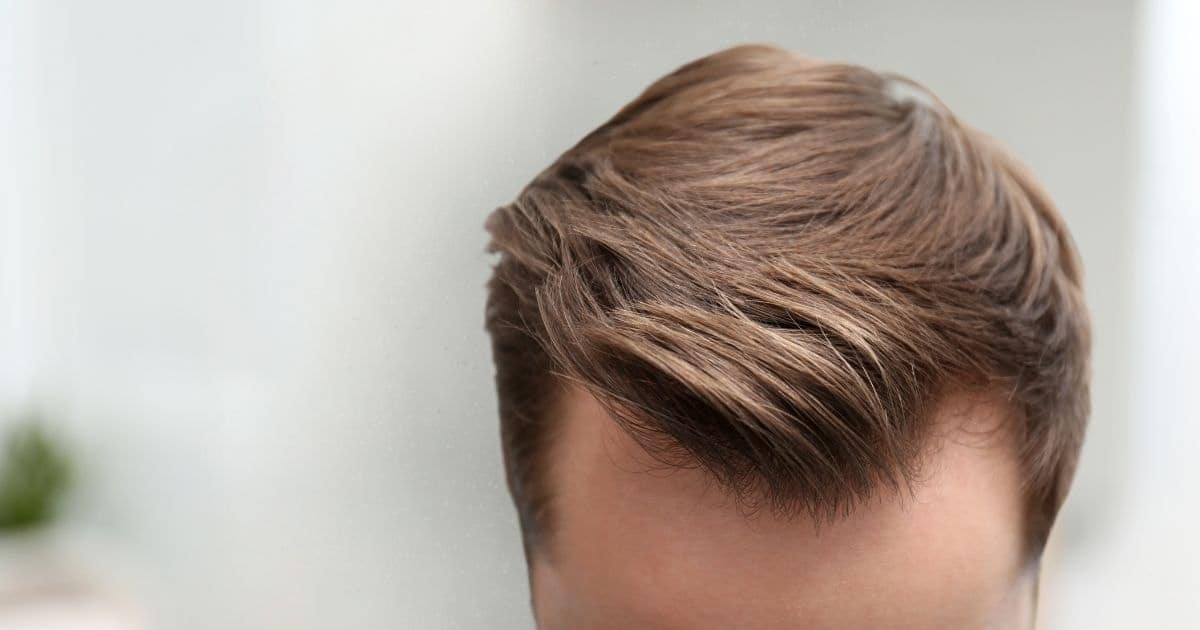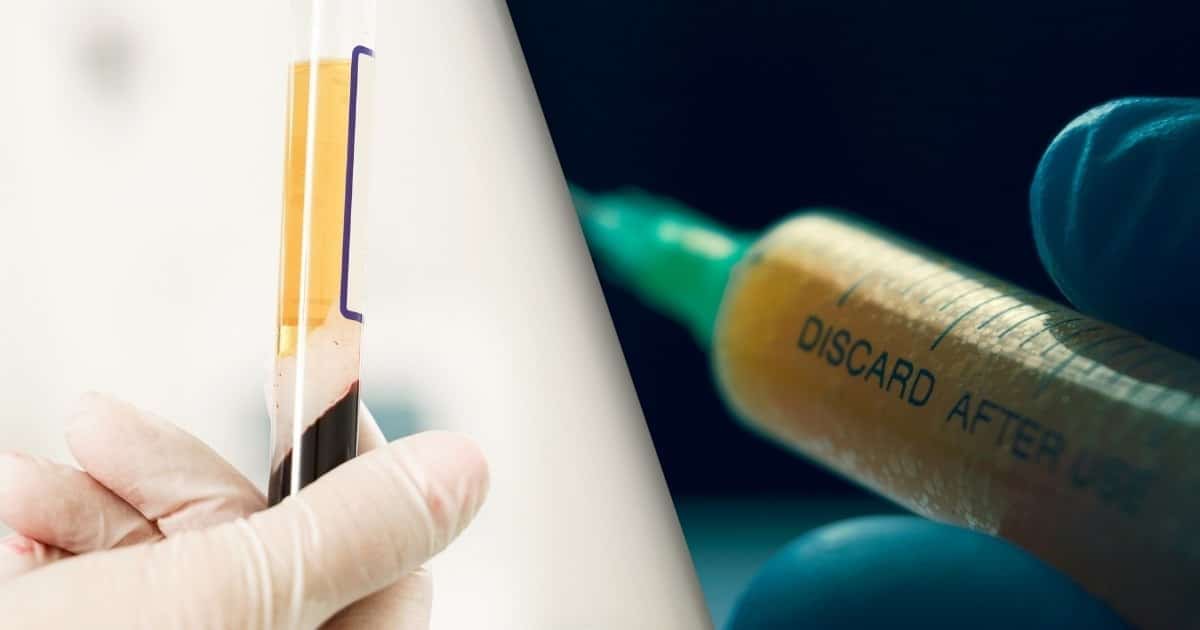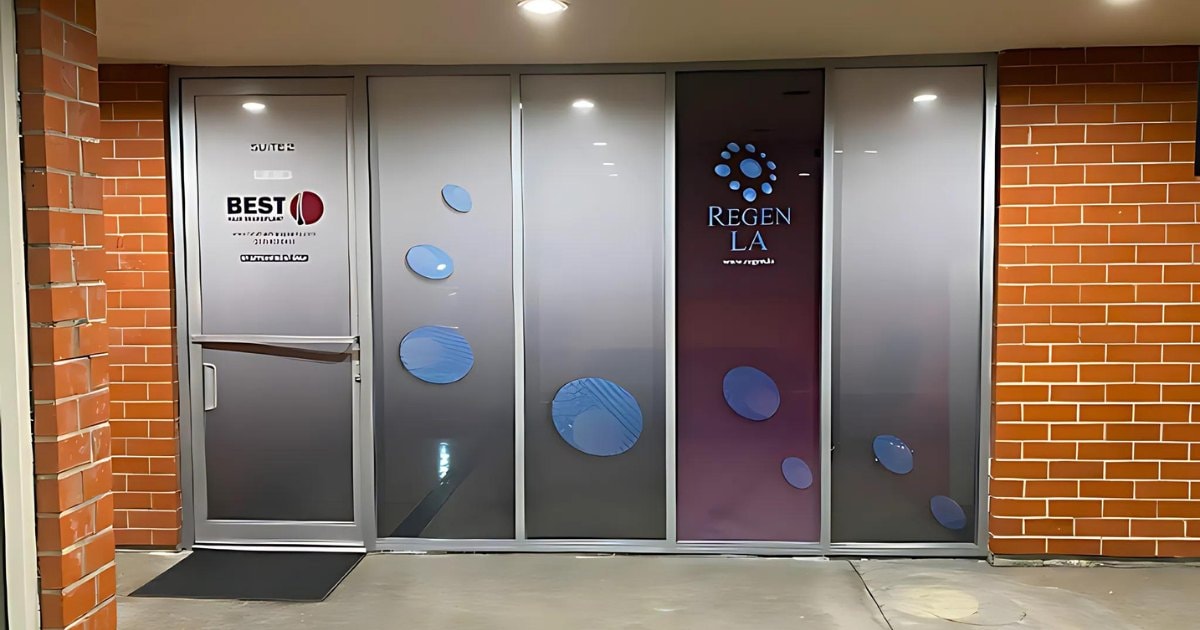
Hair loss affects millions around the world, impacting not just appearance but also self-confidence and emotional well-being. This challenge drives many to seek effective hair loss treatments, including newer regenerative solutions that stimulate hair growth. While conventional treatments like topical minoxidil and surgical procedures such as hair transplants are still in use, the fields of regenerative medicine and cell therapy have introduced promising alternatives: exosomes, stem cells, and PRP (Platelet-Rich Plasma). But how do these therapies compare, and which options provide the most reliable, long-lasting results?
Exosomes, stem cells, and PRP all play crucial roles in advancing hair restoration options, but they vary significantly in their capabilities and results. This article explores how exosomes and stem cells function, why stem cells combined with PRP might be the best choice for hair restoration, and the ways in which these innovative therapies address the underlying causes of hair loss.
Exosomes vs Stem Cells for Hair Restoration: What Are Exosomes and How Do They Work?

Exosomes are small extracellular vesicles, often called “cell messengers.” They play an essential role in cell-to-cell communication, carrying bioactive molecules like proteins, nucleic acids, and growth factors that influence cell activity, proliferation, and differentiation. Exosomes derived from various cell types—such as mesenchymal stem cells (MSCs), adipose-derived stem cells, and bone marrow cells—are being studied for their potential to stimulate hair follicles and support tissue regeneration.
In the context of hair restoration, exosome therapy typically involves isolating exosomes and delivering them directly to the scalp, where they can interact with hair follicle cells. Exosomes encourage hair follicle stem cells to become more active, entering a growth cycle and promoting hair regrowth. Additionally, they interact with dermal papilla cells, which are crucial for hair follicle development and hair shaft formation. Exosomes have shown some promise in treating conditions like androgenetic alopecia, as they can improve the overall environment of the hair follicle.
However, exosomes lack regenerative power, as they do not have the ability to transform into new cell types. Instead, they act as supporting agents, helping existing cells communicate and potentially enhancing the results of other therapies. This limitation makes exosomes less potent than stem cells when it comes to long-term hair regeneration and sustained results.
Introduction to Exosomes
Exosomes are tiny extracellular vesicles that serve as vital messengers between cells, facilitating intercellular communication. These microscopic entities are involved in numerous biological processes, including hair growth. Exosomes carry bioactive molecules such as proteins, nucleic acids, and growth factors, which can influence the behavior of recipient cells. In the realm of hair restoration, exosomes derived from various cell types, including human dermal papilla cells (DPCs), hair follicle stem cells (HFSCs), and outer root sheath cells (ORSCs), have shown promise. They promote hair growth by stimulating pathways like the Wnt/β-catenin signaling pathway, which is crucial for hair follicle development and regeneration.
Hair Anatomy and Growth Cycle
The hair follicle is a complex micro-organism, intricately formed through the interaction between its epithelial and dermal components. The growth and regeneration of hair follicles are orchestrated by their own stem cells, including hair follicle stem cells (HFSCs), dermal papilla cells (DPCs), and melanocyte stem cells (McSCs). These stem cells play pivotal roles in the hair growth cycle, which involves phases of proliferation, differentiation, and migration of various cell types. Understanding this cycle is essential for comprehending how treatments like exosomes and stem cells can stimulate hair growth and combat hair loss.
Types of Exosomes
There are several types of exosomes relevant to hair growth, each with unique characteristics and functions. Exosomes derived from human dermal papilla cells (DPCs) are known to promote hair growth by activating the Wnt/β-catenin signaling pathway. Similarly, exosomes from hair follicle stem cells (HFSCs) and outer root sheath cells (ORSCs) contribute to hair follicle health and regeneration. Each type of exosome carries specific bioactive molecules that can influence hair follicle cells, making them valuable tools in hair restoration therapies.
Exosome Isolation and Characterization
Isolating and characterizing exosomes are critical steps in harnessing their potential for hair restoration. Various methods are employed to isolate exosomes, including ultracentrifugation, density gradient centrifugation, size-exclusion chromatography, microfluidic devices, and magnetic bead-based techniques. Once isolated, exosomes are characterized using tools like transmission electron microscopy, Western blotting, and flow cytometry. These processes help researchers understand the mechanisms and applications of exosomes, ensuring their efficacy and safety in biological treatments.
Mesenchymal Stem Cells in Hair Restoration: A Powerful Regenerative Approach
Stem cells, particularly mesenchymal stem cells, offer a more comprehensive solution for hair restoration. MSCs have unique regenerative properties and the ability to differentiate into various cell types, making them ideal for tissue repair and cell differentiation. MSCs can be harvested from adipose tissue (adipose-derived stem cells) or bone marrow and processed for hair restoration purposes. These cells can interact directly with hair follicle cells, stimulating regeneration and producing new tissue in the scalp, which supports hair growth.
Stem cell therapy for hair loss involves injecting stem cells into the scalp, where they contribute to the repair and regeneration of damaged hair follicles. These cells not only stimulate the hair follicles to grow but also strengthen the dermal papilla cells, which are integral to hair shaft formation. Additionally, stem cells play an essential role in collagen deposition, wound repair, and collagen synthesis, making them highly effective for enhancing the health and vitality of hair follicles.
Stem cells go beyond merely activating the hair follicles; they actively rebuild and regenerate the structural components of the hair, such as the hair follicle cells and the surrounding tissue. For individuals experiencing thinning hair or severe hair loss conditions like alopecia areata or androgenetic alopecia, this regenerative capability makes stem cells an invaluable solution, particularly for people seeking more than just superficial hair regrowth.
PRP (Platelet-Rich Plasma) and Its Role in Hair Treatment
Platelet-Rich Plasma (PRP) is another therapy that has gained popularity in hair restoration treatments. PRP is created by drawing a small amount of blood from the patient, which is then processed to concentrate the platelets and growth factors. These growth factors are vital for cell repair, tissue regeneration, and wound healing, which is why PRP is commonly used in various medical and cosmetic procedures, including skin regeneration and plastic surgery.
When injected into the scalp, PRP delivers a high concentration of growth factors directly to the hair follicles. This improves blood circulation in the scalp, strengthens hair follicle cells, and encourages hair follicle stem cells to enter a new growth cycle. By creating a more favorable environment for hair growth, PRP plays an essential role in supporting tissue regeneration and overall scalp health.
Although PRP can be effective as a standalone treatment, especially for individuals with early signs of hair thinning or female pattern hair loss, it often achieves the best results when combined with stem cell therapy. PRP enhances the regenerative effects of stem cells by providing additional growth factors and nutrients, allowing the stem cells to perform optimally. PRP also helps reduce recovery time by mitigating inflammation and accelerating wound healing, making it a valuable complementary therapy.
The Benefits of Combining Stem Cells and PRP for Hair Restoration

The combination of stem cells and PRP offers one of the most promising approaches to hair restoration, as PRP’s growth factors improve blood circulation, ensuring that essential nutrients and oxygen reach the hair follicles, thereby promoting cell proliferation. Here’s how these two treatments work together to achieve optimal results:
Enhanced Healing and Blood Flow
PRP’s growth factors improve blood circulation, ensuring that essential nutrients and oxygen reach the hair follicles. This increased blood flow helps stimulate hair growth and creates a supportive environment for the stem cells. When paired with stem cells, PRP amplifies the effectiveness of cell therapy by enhancing scalp health, tissue repair, and hair follicle regeneration.
Accelerated Follicle Regrowth
Stem cells serve as the foundation for regenerating hair follicle structures, working on a cellular level to rebuild and strengthen the follicles. PRP, on the other hand, nourishes these structures and accelerates their growth, helping the hair follicles to regrow faster and more robustly. This combination promotes a more active growth cycle, addressing both the underlying causes of hair loss and providing a long-term solution.
Reduced Recovery Time
The anti-inflammatory properties of PRP, combined with the regenerative potential of stem cells, help to minimize recovery time. Patients often experience less swelling and irritation after treatment and see results sooner. Unlike more invasive surgical procedures, the stem cell and PRP combination typically involves minimal downtime and a relatively comfortable recovery.
Improved Hair Density and Thickness
A significant advantage of combining stem cell therapy with PRP is the improvement in hair density and thickness. PRP enhances stem cell therapy’s impact on hair follicle stem cells, encouraging them to produce thicker, fuller hair. For individuals experiencing thinning hair or early signs of hair loss, this combination results in hair that not only grows back but also appears denser and more youthful.
Studies, including recent systematic reviews (e.g., DOI 10.1016), have shown that combining PRP with stem cell therapy in vivo studies amplifies both treatments’ regenerative properties. This approach, which is being tested in clinical trials, has shown promising results for hair restoration, with potential applications in other areas of regenerative medicine.
Why Exosomes Alone May Not Be Sufficient for Optimal Results
While exosomes have shown some promise in hair restoration, they lack the regenerative capabilities of stem cells when used alone. Exosome therapy may require more frequent treatments to maintain results, as the effects of cell signaling can be temporary. Here are a few key limitations of exosome-only treatments:
Lack of Regenerative Power
Exosomes do not possess the ability to transform into new cell types or directly repair damaged tissue. Instead, they rely on existing cells to carry out their functions. This makes them ideal for cell-to-cell communication but less effective in cases requiring tissue regeneration and the rebuilding of hair follicles.
Shorter Duration of Results
Exosome therapy may require more frequent treatments to maintain results, as the effects of exosomes can be temporary. Unlike stem cells, which can differentiate and contribute to the formation of new hair follicle structures, exosomes mainly provide a temporary boost rather than a lasting solution.
Lower Versatility
Because exosomes primarily act as signaling agents, they cannot address hair follicle health as comprehensively as stem cells can. Stem cells engage with dermal papilla cells and other crucial structures within the scalp, addressing a wider range of issues associated with hair loss.
While exosomes may be effective in other medical applications, such as wound repair, drug delivery, and fat grafting, they are less comprehensive than stem cells when used for hair regeneration. Combining exosomes with other therapies, like PRP or stem cells, may improve outcomes, but exosomes alone are often insufficient for individuals seeking substantial and sustained hair regrowth.
Safety and Efficacy of Exosome Therapy
Exosome therapy has demonstrated safety and efficacy in promoting hair growth, making it a promising option for treating hair loss conditions such as androgenetic alopecia (AGA) and alopecia areata (AA). Clinical trials have shown that exosome therapy can enhance hair density and stimulate hair growth, providing a non-invasive alternative to traditional hair loss treatments. However, while the initial results are encouraging, further studies are needed to fully understand the long-term safety and efficacy of exosome therapy. As research progresses, exosome therapy may become a cornerstone in the fight against hair loss, offering hope to those seeking effective hair restoration solutions.
Choosing the Best Option for Long-Lasting Hair Regrowth
When it comes to hair restoration, both exosomes and stem cells offer unique benefits. However, for those seeking a comprehensive and enduring solution, stem cell therapy combined with PRP stands out as the best approach. Stem cells provide a strong foundation for hair regrowth by supporting tissue regeneration, wound healing, and cell proliferation, while PRP enhances blood flow, supports scalp health, and accelerates healing. Together, these therapies provide a powerful combination that addresses the root causes of hair loss and supports long-term hair regeneration.
Choosing the right hair loss treatment depends on individual factors such as hair density, the severity of hair loss, and overall goals. A consultation with a reputable clinic specializing in regenerative medicine can help tailor the best approach. Stem cells and PRP together create an environment that not only stimulates hair growth but also promotes long-term scalp and hair health, making it a valuable investment for anyone looking to counteract hair loss effectively.
As regenerative medicine advances, treatments like stem cells, PRP, and exosomes will continue to evolve, providing new options for hair restoration and other areas of aesthetic and functional medicine. By investing in these cutting-edge therapies, individuals can take advantage of scientific progress that addresses both the biological and aesthetic aspects of hair loss, potentially leading to more natural, sustainable results that surpass conventional treatments.
Contact Best Hair Transplant

Are you ready to start your journey toward fuller, healthier hair? At Best Hair Transplant, our dedicated team of hair restoration experts is here to guide you through every step. Whether you’re exploring stem cell therapy, PRP, or a custom hair transplant plan, we offer trusted, innovative solutions designed to meet your unique needs.
Book Your Free Consultation
Phone: (213) 403-0455
Address: 1970 S Prospect Ave, Suite 2 Redondo Beach, CA 90277
Visit Us and Stay Connected
Office Hours:
Monday – Saturday: 8 AM – 6 PM
Sunday: Closed
Follow Best Hair Transplant on social media to see client success stories, learn more about our latest treatments, and connect with our community!
Don’t wait—discover the best options for your hair restoration today. Reach out through our contact form, give us a call, or schedule a free consultation to see how Best Hair Transplant can help you achieve the results you’re looking for.
